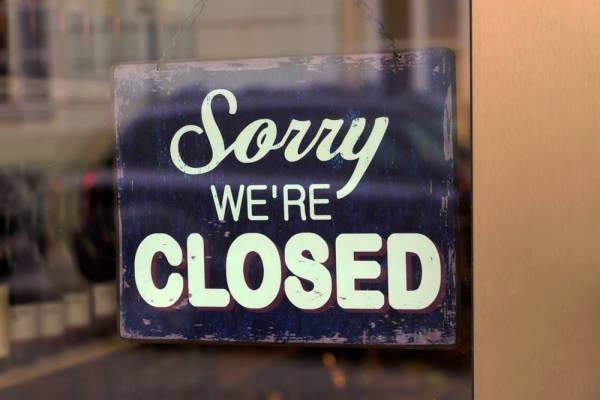Last weekend’s time change was my last and I urge you to do the same.
The time change affects our daily rhythms and affects our productivity. The week after a time change has been found to lead to more car and work accidents, heart attacks, and headaches, as well as decreased work productivity. It is estimated the resulting loss in productivity costs the United States economy $434 million a year.
Instead, I’m opting for Permanent Daylight Saving Time (PDST). PDST maintains the same time throughout the year. It is based on local daylight savings time and avoids the abrupt shifts associated with changes to and from Daylight Saving Time. The disadvantage, of course, is having to adjust when the outside world is out of sync with you. You may also have heard of Farmer’s Time, where the person uses natural daylight for time cues, but PDST is a little different than that.
Let’s examine all three of these approaches to time, how they came to be, and how we can choose to abide by them – or not.
Government Involvement
The original motive for the time change was to save candles at night. By “extending” daylight at night, fewer candles would be used. Similar thinking was used during World War I and II in an effort to save electricity.
“Much of the difference has come out of efforts to cool our homes. As we extend the time we are awake in daylight, we also extend how much electricity is used for cooling.“
In the United States, local and state governments were allowed to set the time standards until 1966. In 1966, Congress attempted to unify time changes and set up the standard system of Daylight Saving Time. The U.S. wasn’t alone in these attempts. British Summer Time originated in 1916 and originally jumped the clock forward with four twenty-minute steps.
There has been mixed research on whether these steps save electricity. Much of the difference has come out of efforts to cool our homes. As we extend the time we are awake in daylight, we also extend how much electricity is used for cooling. Thus, on warmer days we might use more electricity on cooling than we are saving on lighting. Farmers describe problems as animals expect to be fed at the same time and the animals have no notion of human time.

Farmer’s Time
Farmer’s time is the idea that we build our day on the natural rhythms of daylight. In the winter, we would spend less time outside as there is less daylight. In the summer, we would want to spend more time outside. Daylight and sunset dictate to us when we should get up or go to bed. Thomas Jefferson said, “Whether I retire to bed early or late, I rise with the sun.” He also noted that the sun never caught him in bed.
“Farmer’s time is the idea that we build our day on the natural rhythms of daylight. In the winter, we would spend less time outside as there is less daylight.”
As kids, we might have best known farmer’s time during our school breaks, as school did not dictate when we needed to get up or go to bed. Playing would occur from sunrise to sunset.
How to Function with the External World
Farmer’s time sounds quite appealing to me. However, it is probably difficult to function in this manner with external demands. PDST is probably more realistic. For most of the year, you are in perfect sync with external demands. In winter months, you would get up an hour earlier than others. Your workplace or school might demand you work an hour later (as they are on a different time dimension). If you are fortunate enough to have flexibility at work, then you can adjust your schedule.
“My experiment worked well the first month, but over time, I slowly migrated to everyone else’s clock.“
I attempted to live by PDST over the winter months. I kept my clocks set to Daylight Saving Time and I adjusted meetings so they would appear on my time. I changed my computer to act as if I were located one time zone away. By doing this, meeting invites automatically adjusted to my time. My mobile phone was a bit more difficult as it automatically adjusted the time (However, you can modify the settings).
My experiment worked well the first month, but over time, I slowly migrated to everyone else’s clock. It was just easier to get up an hour later. That said, I think I learned enough in this experiment to make it stick next time.

Summary
As evidence accumulates, it seems the supposed benefits of Daylight Saving time are few and the disadvantages are far greater. As many governments have not made any movement on changing to a different system, it might be up to us as individuals to make the change.
If enough of us stay on PDST, then eventually workplaces and the government will see the benefit of making the shift. I recommend you start thinking about the last time change being the last time change you make.
You’ll Also Enjoy:
- How Does Time of Day Affect Your Workout?
- When You Train and What It Might Mean About You and Your Exercise
- Sleep Quality and Exercise: Are You in the Dark?
- What’s New on Breaking Muscle Today
Photos courtesy of Shutterstock.






